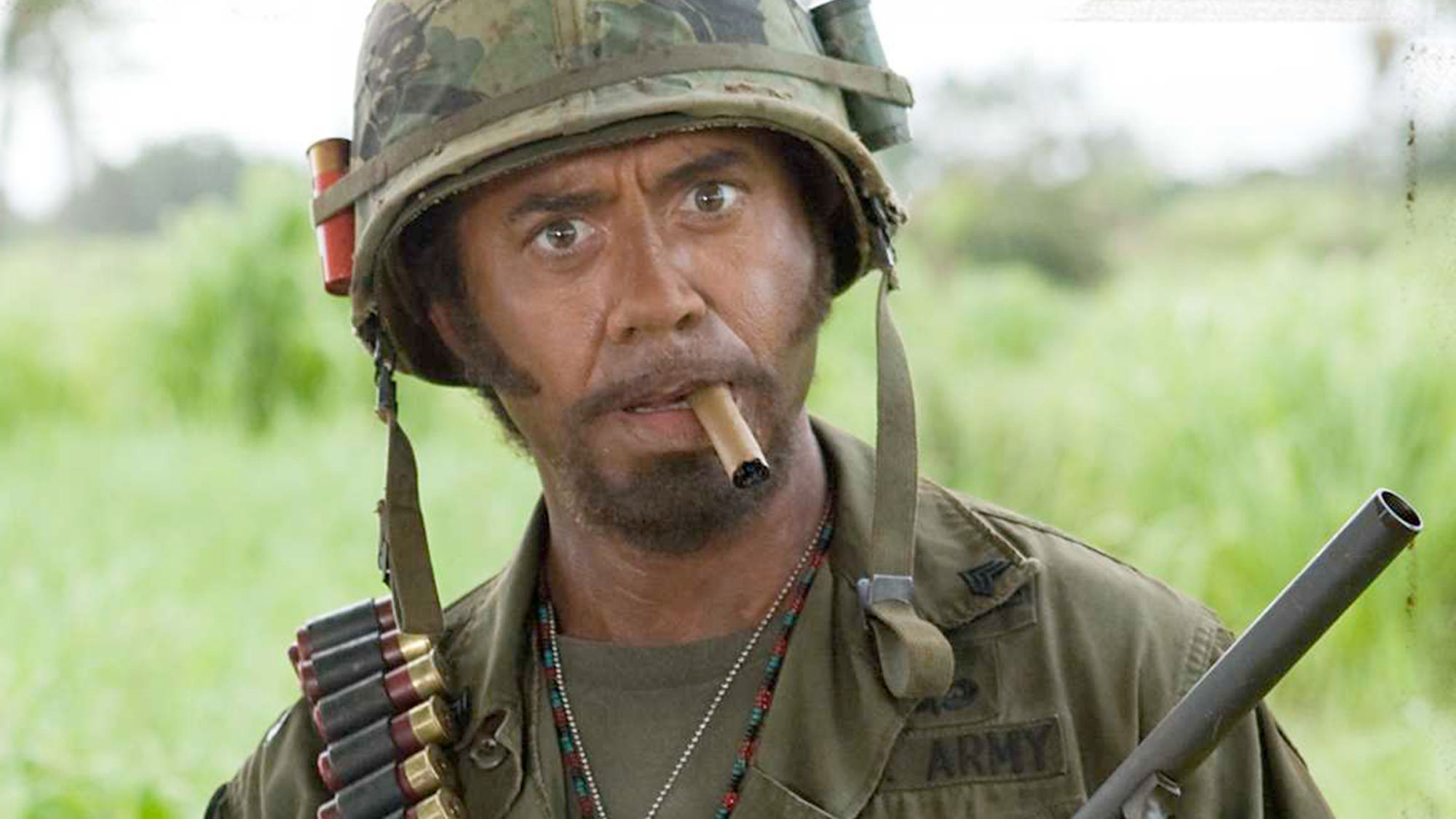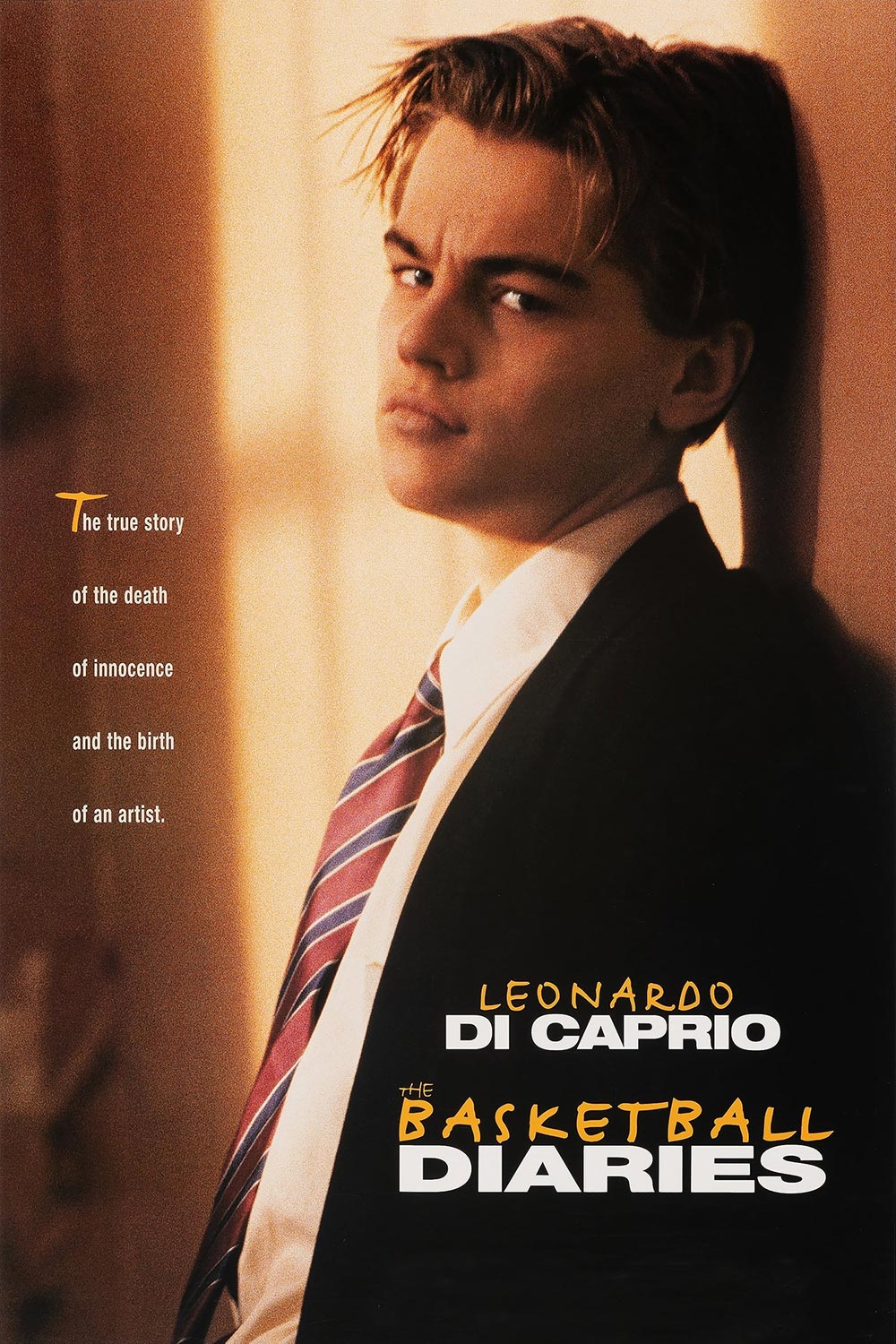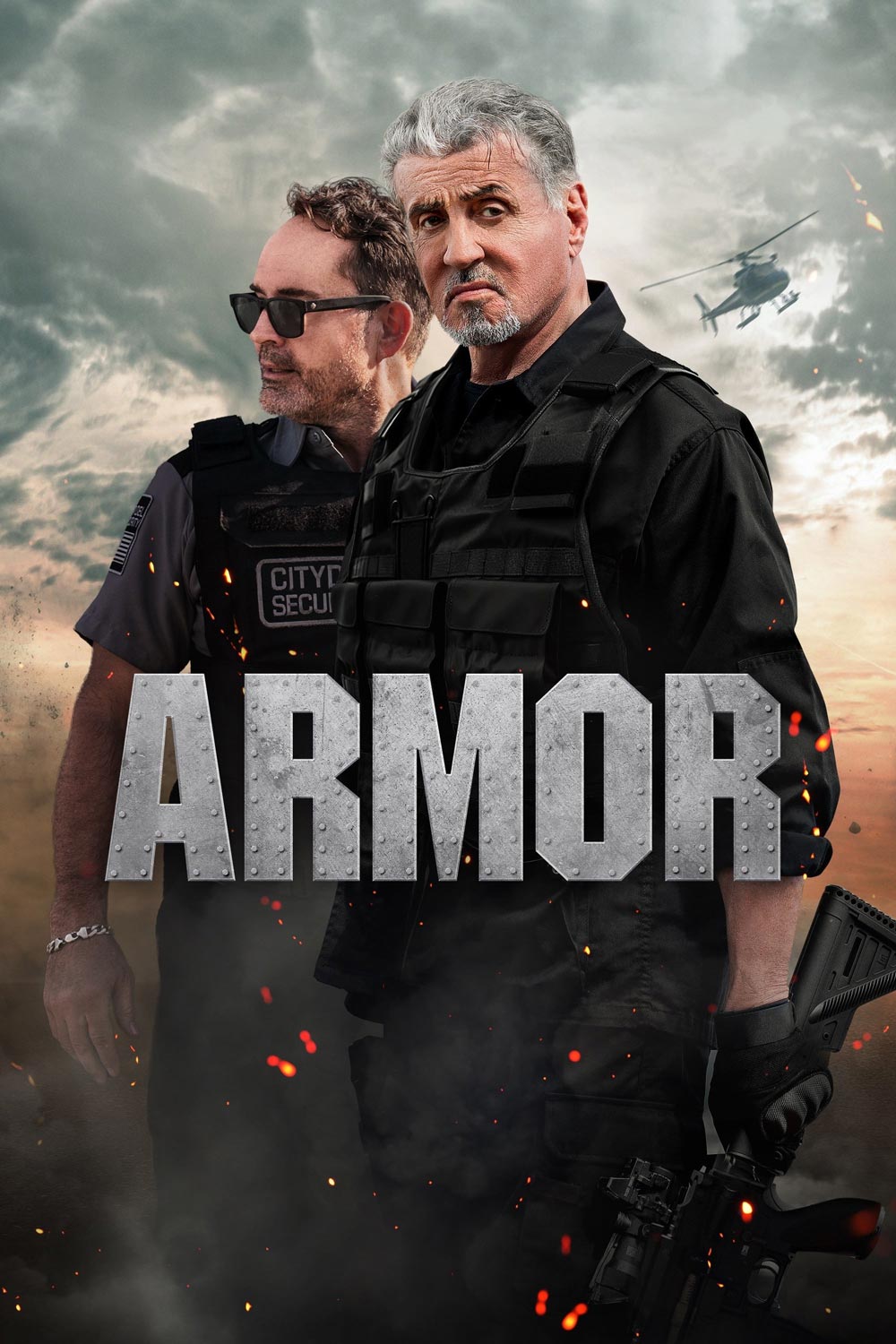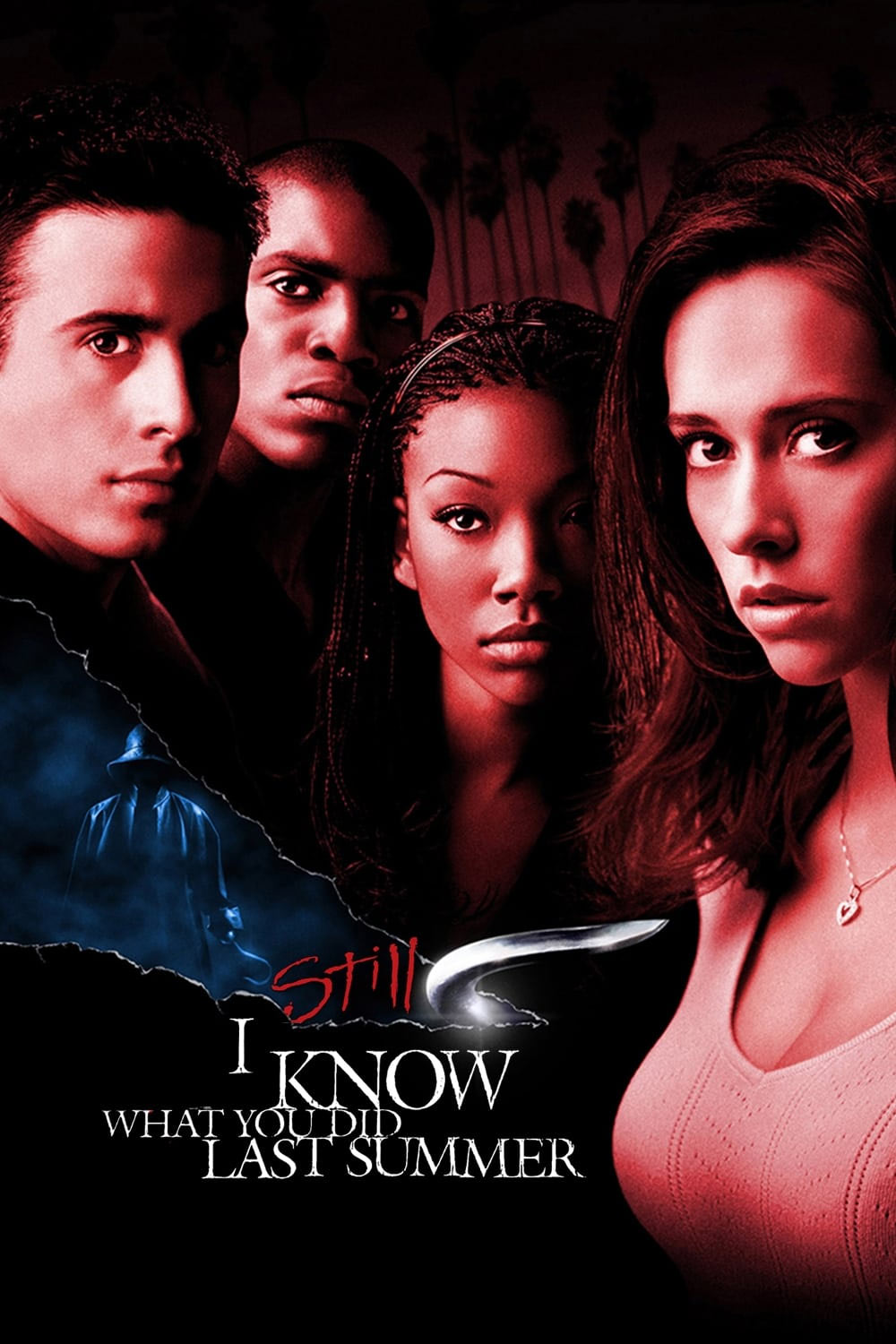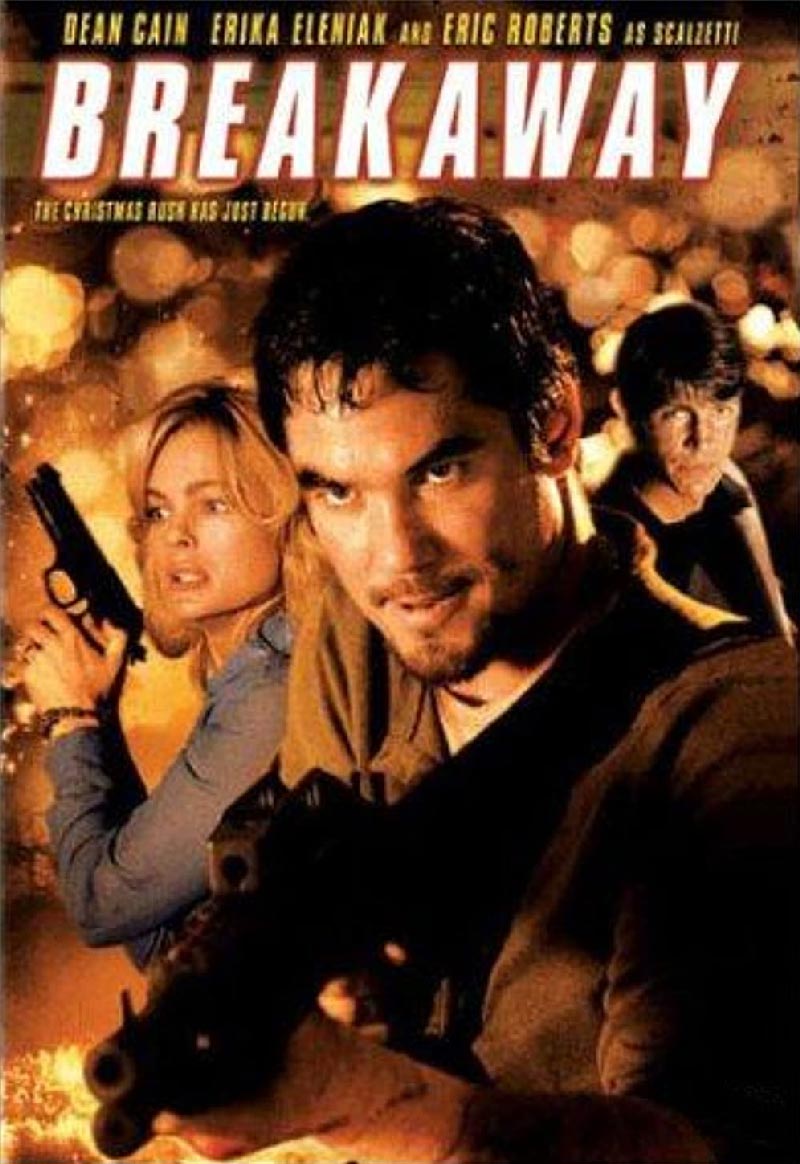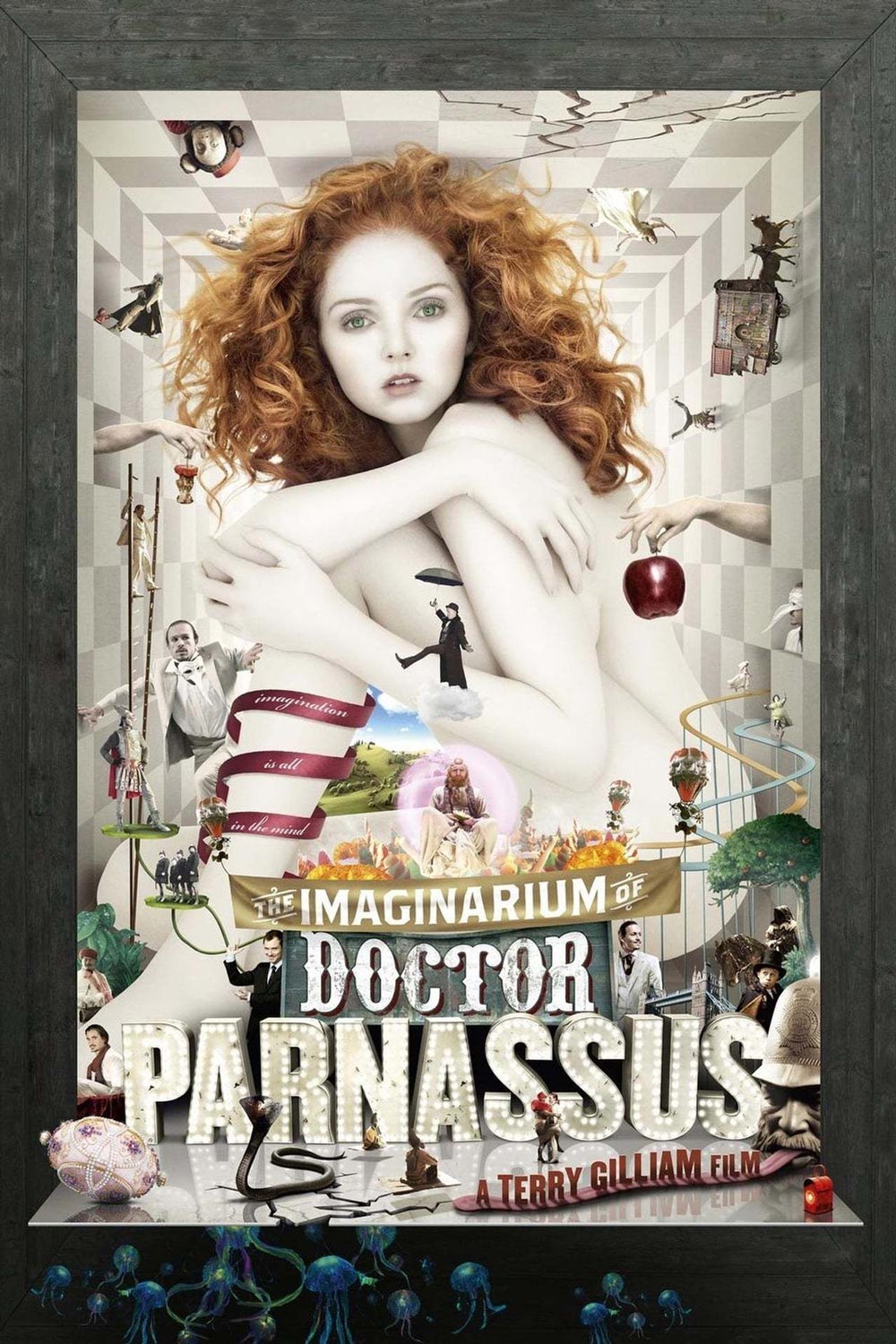Published on
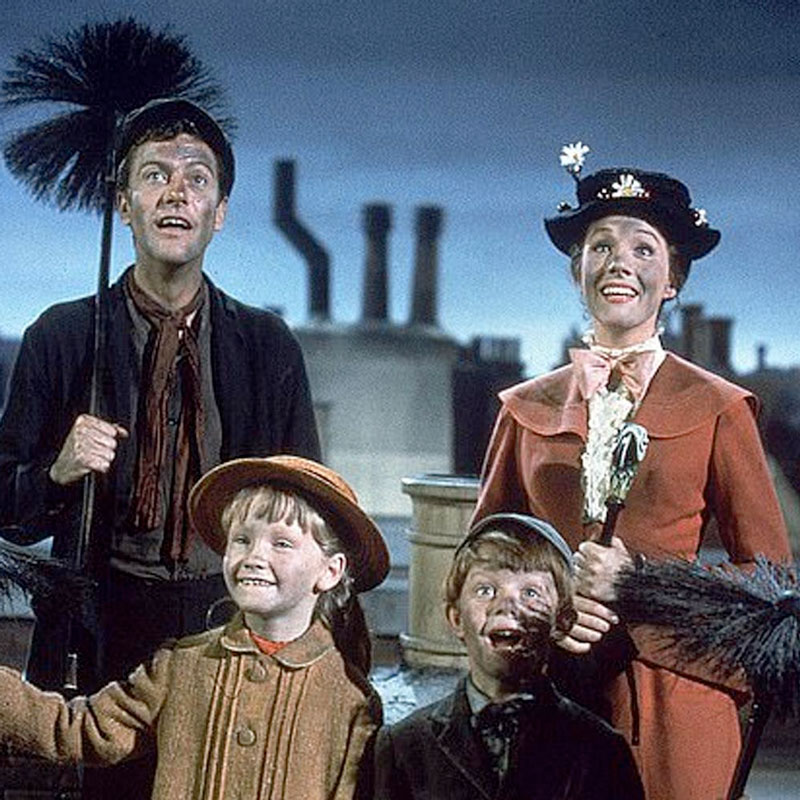
Just recently there were news headlines like “Scarlett Johansson Won’t Portray Transgender Man in Film” and “Ruby Rose exits Twitter amid Batwoman casting backlash“. In both cases there is outrage about the fact that fictional LGTB characters are being played by non-LGBT actors. This outrage is something I find very troubling since it causes a talented and popular actress like Scarlett Johansson to drop out of a movie. Johansson is no stranger to this type of controversy. Just a year ago there was a lot of controversy surrounding her casting in The Ghost In The Shell live action remake. The movie was accused of whitewashing since a Caucasian actress played a character who is supposed to be Asian. I can see how Johansson probably did not want to go through that whole process again and thus dropping out of a movie at the first signs of public moral outrage.
 Another example was the recent controversy surrounding a black child stunt double to a black child actor. In order to resemble the child actor, the stunt double was “painted down”. They made his skin darker, gave him a wig and put him in a fat suit. The controversy had people like rapper Common complain about how this practice is “never appropriate” and quickly generated excuses from producer Seth Rogen.
Another example was the recent controversy surrounding a black child stunt double to a black child actor. In order to resemble the child actor, the stunt double was “painted down”. They made his skin darker, gave him a wig and put him in a fat suit. The controversy had people like rapper Common complain about how this practice is “never appropriate” and quickly generated excuses from producer Seth Rogen.
And this is where I think that things have gone too far and that political correctness limits actors (and their stunt doubles apparently) in their work.
To better understand where the outrage comes from we’ll have to look at the history of acting in theater and movies in the US. During the times of segregation theater and movies often featured white people performing all of the roles. Even characters that were not white. White actors would make their skin dark with make-up and pretend to be black. This is a trope called blackface. The roles they were playing often portrayed black people in a negative way so the whole blackface trope is directly linked to racism and considered offensive today. The same goes for the so-called minstrel shows. These were theater shows in which white people would play black stereotypes as entertainment for other white people.
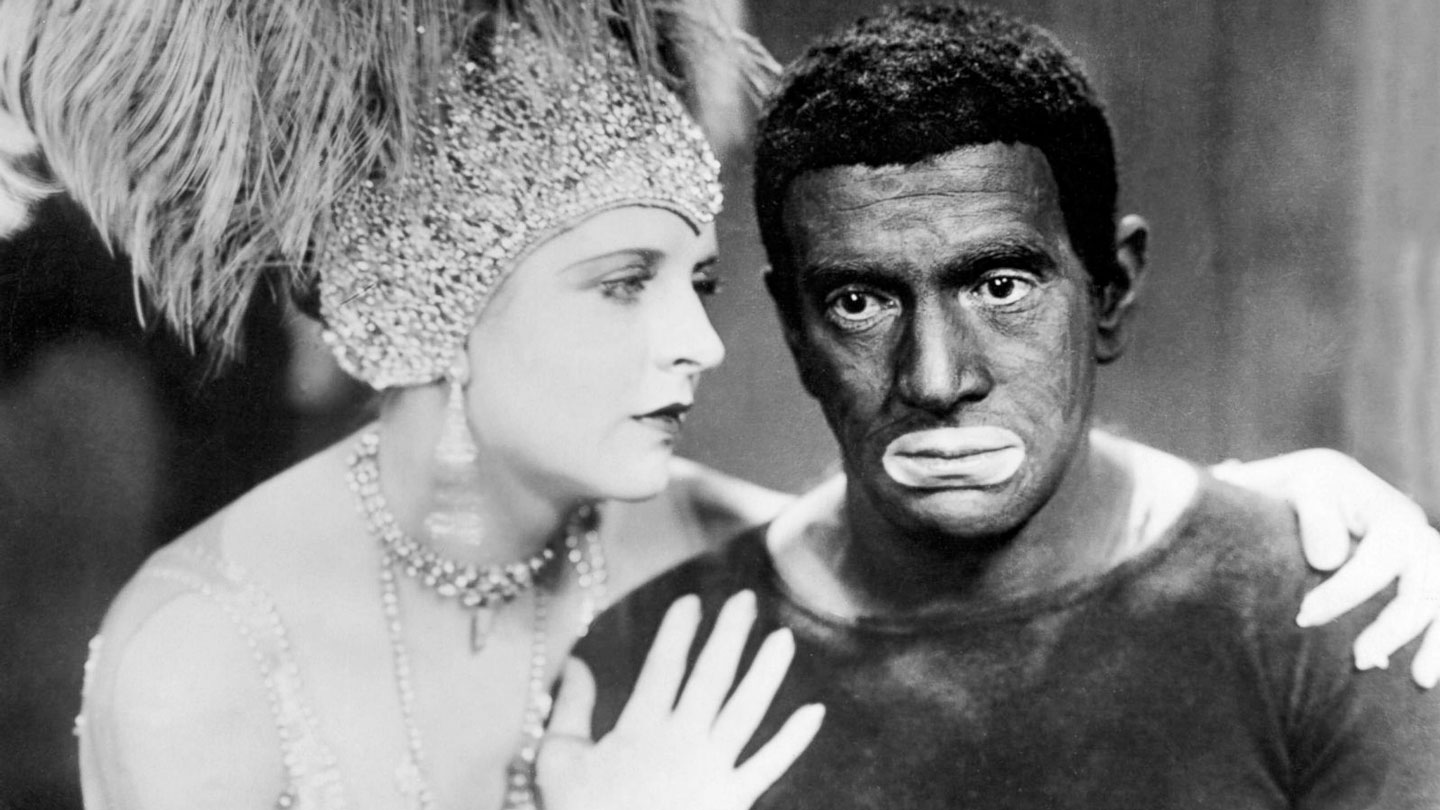
By the end of 1930s blackface was largely eliminated due to its direct connection with racism and bigotry. Others forms of white people playing a different race were still widely socially accepted. Yellowface (Asian) and redface (Native American) characters still appear in movies and television today.
Blackface also occasionally still appears in movies and TV shows, but almost solely in a historical setting, social commentary or parody. Think of Robert Downey Jr. in Tropic Thunder where he plays an actor who is so into method acting he actually has his skin color modified in order to portray a black person. It’s a harmless implementation of blackface as it actually makes fun of Hollywood actors and not black people. Yet, over the past few years there have been people claiming that they found this version of blackface also to be offensive.
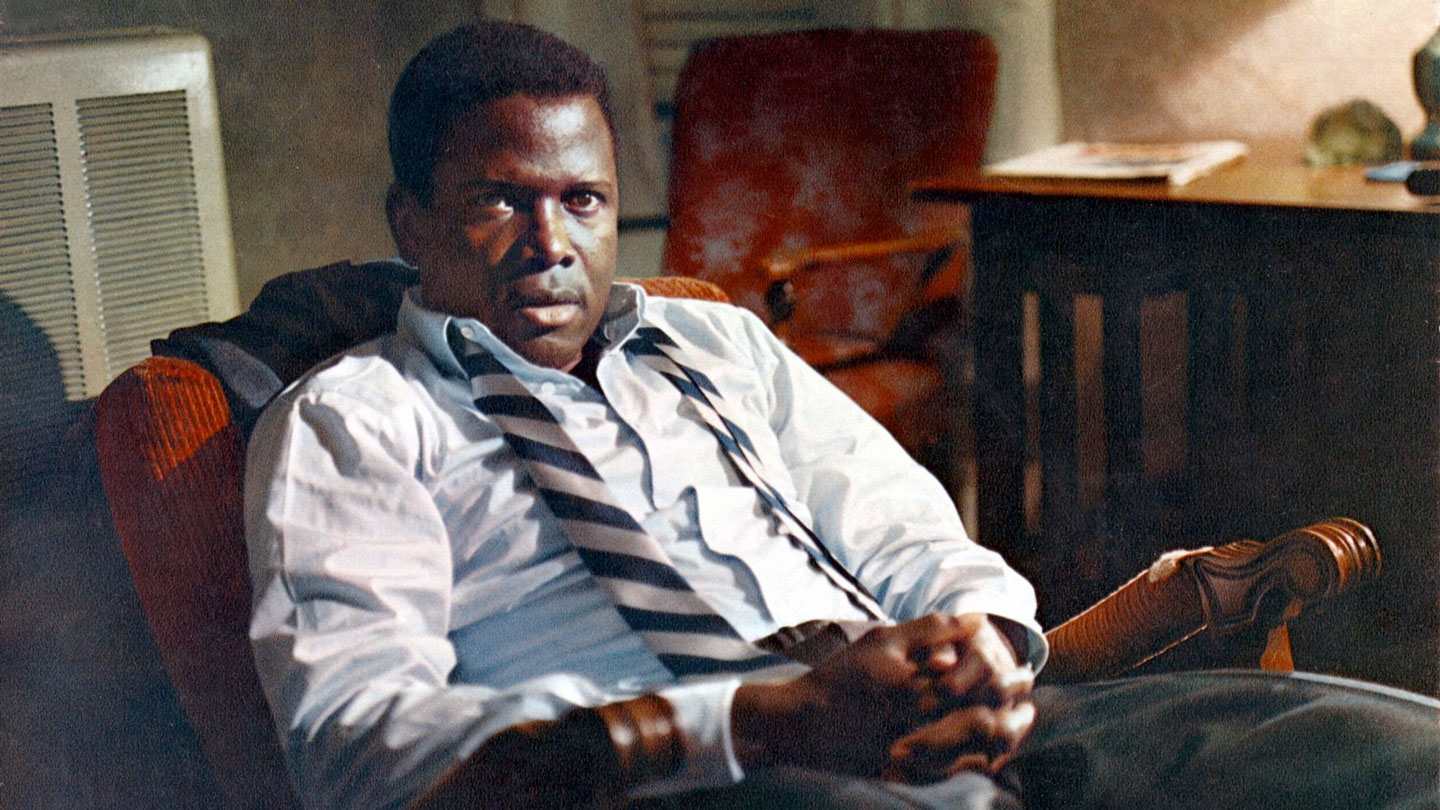
With the Civil Rights movement managing to end segregation in the mid 60s, black actors finally were fully equal in terms of rights to their white colleagues. Sidney Poitier won an Academy Award for best actor in 1964; the first black actor to do so. The 70s brought the blaxploitation genre. Movies with a black cast, dealing often with typical problems of the African American community and often having white people (the man) in the role of antagonist. In some cases these movies where basically black-washing existing movies. Blacula for instance, was a blaxploitation take on Dracula. These movies almost exclusively cater to a black audience. Even though black people had their own heroes on screen now, almost all of these movies would still be low budget cult movies.
Movies became more diverse since then, but black people were still often cast in secondary roles. A trope that is called the token black guy. In horror movies the black kids are often the first to die. In comedies they were often the funny sidekick. This actually applies to all races: Long Duk Dong in Sixteen Candles and Taj Mahal Badalandabad in Van Wilder are some good examples of this. But the list is long.
Movies with a large or entirely black cast also tend to focus on the lives of black people. Urban dramas of the early 90s are a prime example of movies with black casts, that deal with ghettos, gang violence and how it’s like to grow up and live in America as a black man. Because these movies tend to appeal to minorities, they never made a really big dent in the box office. Therefor movie studios did not put an entire black cast in a high budget movie, because that would seem too risky. Until Black Panther came along this year of course.
The amount of black actors who headline big budget movies is therefor relatively small. Eddie Murphy, Will Smith, Samuel L. Jackson and Denzel Washington are household names, but unlike the list with funny colored sidekicks, this one is rather short. In most cases movies with a black lead still tend to be targeted at black people. In fact, just two years ago there was the #OscarsSoWhite controversy surrounding the Academy Awards since almost all of the nominees in the main categories where white.
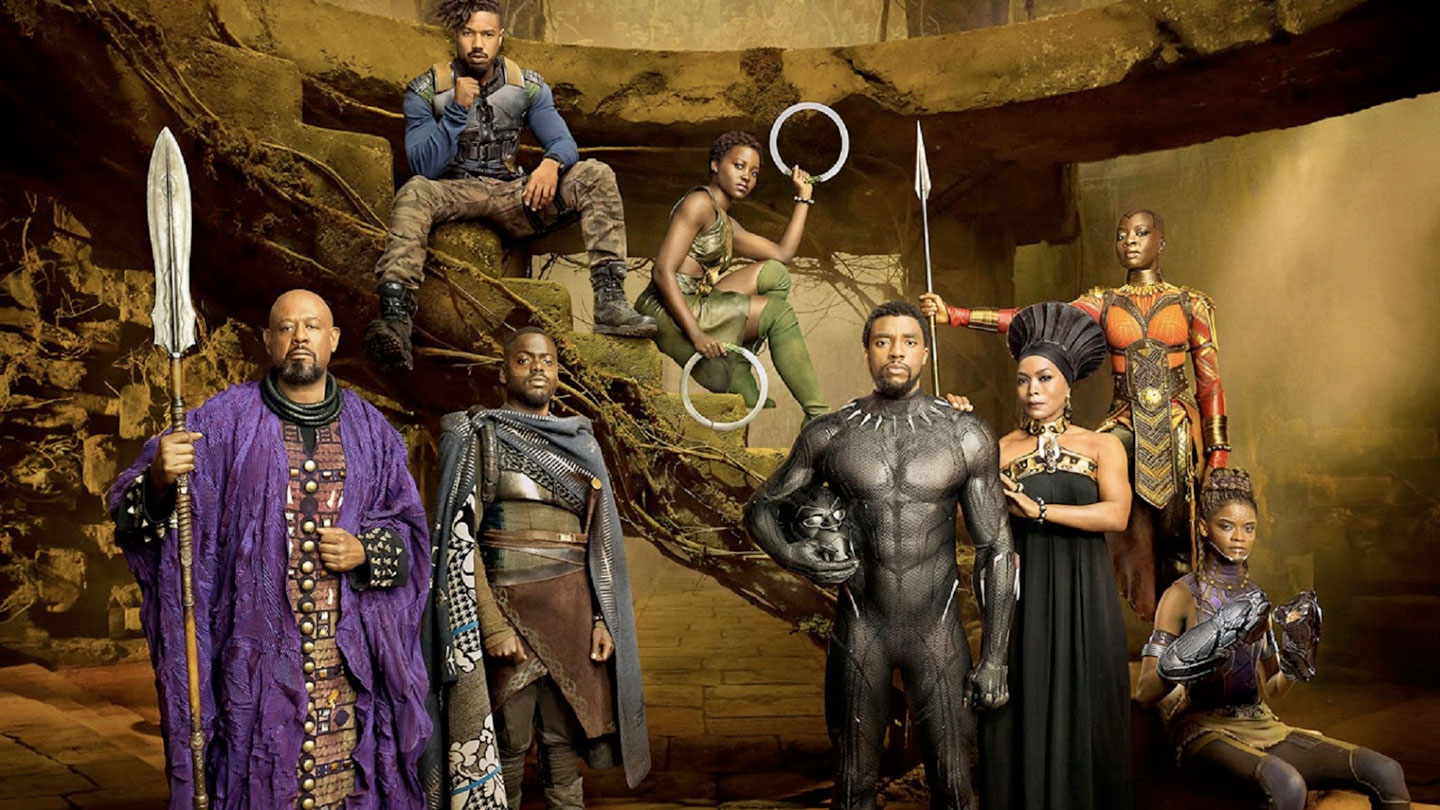
Diversity
Yet the last 20 years did see a significant change in diversity. Just take a look at the cast of the Fast & Furious movies. It was a rather white franchise at first with the first one starring Vin Diesel and Paul Walker. But over the years these movies got an enormous cast full of people of varying ethnicity. The Marvel Cinematic Universe is still dominantly headlined by white people, but the supporting cast is very diverse and are often fully fleshed out characters. In Spider-man: Homecoming Peter Parker almost seems to be the only white kid at his school. Characters who are originally white in the comic book, are now portrayed by people of color. Sometimes to the chagrin of fans, but overall this kind of “blackwashing” is generally accepted.
The diversity aspect does feel forced sometimes. It makes sense in Spider-man: Homecoming, a movie that takes place in current day New York, but not in a movie like Beauty & The Beast which takes place in a small village in 17th century France. Yet, somehow half the population in this village is black. Even though this is a fairytale with talking silverware it feels historically incorrect. In this case the cast is just diverse for the sake of being politically correct.
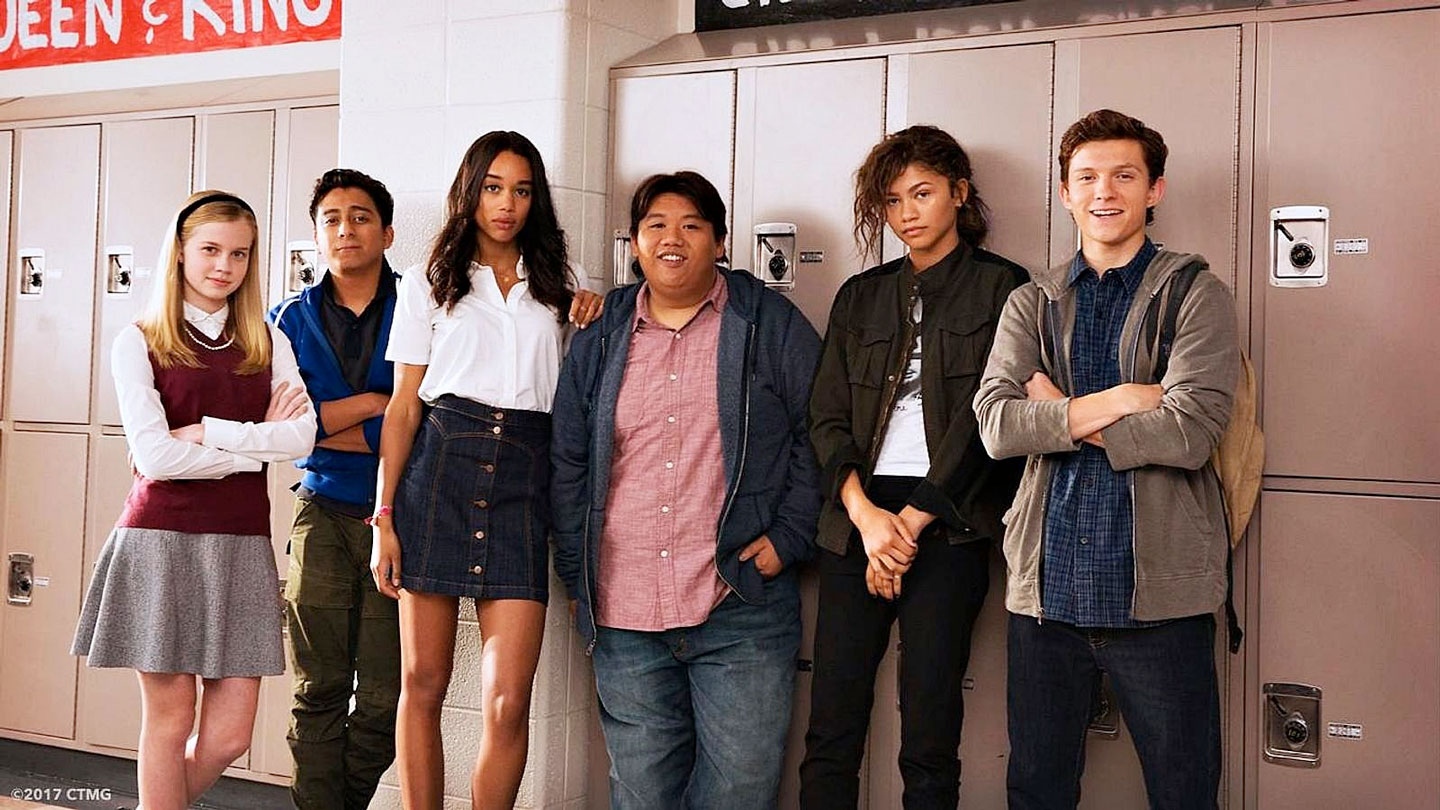
Another example in which the diversity aspect feels forced is when the central diverse cast all belong to a group of friends. People tend to befriend people with whom they share similarities, including race. So it’s not that usual for one person to be close friends with people from all sorts of different backgrounds.
While blackwashing is generally accepted and sometimes praised, whitewashing often leads to controversy. In the same way blackface almost always tends to generate controversy. But when black people do whiteface it’s considered all in good fun. Understandable considering the history of colored people in the US, but it does create a level of discrimination. White people aren’t allowed to do something colored people can. All just because of the color of their skin. That in itself is racist.

Gay & Lesbian representation
Members of the LGBT community have had a similar form of representation on-screen throughout the history of theater and cinema. Most mainstream movies deal with straight people and straight relationships. LGBT characters are often supporting characters and portrayed as stereotypes. Lesbians tend to be tough and butch, while gay men are often portrayed as feminine and/or flamboyant. The only movies in which gay and lesbian relationships are handled seriously and are the center of a story is in art-house productions. And only once in a while do these movies actually reach a larger audience because they receive all sorts of awards. Movies like Brokeback Mountain, Moonlight, Milk and Call Me By Your Name for example. They often tend to cast famous heterosexual actors in the these roles, because this will give the movie extra buzz.
LGBT performers often stay in the closet because they will think it hurt their career. And in a way that is true. Studios do not often give a (heterosexual) lead role to an actor who is openly gay in real life. Though there are exceptions. Luke Evans is gay in real life, yet plays heterosexual leads in most of his movies. Neil Patrick Harris is another openly gay man who plays a womanizer in the TV show How I Met Your Mother. There is also Jim Parsons as Sheldon from The Big Bang Theory who has a relationship with a woman in that show.

The representation of LGBT characters in Movies and TV Show has taken a great leap forward compared to 30 years ago. Movies like Philadelphia have paved the way for LGTB people to be represented in a serious manner, rather than the token flamboyant gay friend. TV Shows like The L-Word and the current Netflix Hit Show Orange Is The New Black feature plenty of lesbian and transgender characters front and center. The comedy series Brooklyn Nine-Nine might star a white guy (Andy Samberg), but his commanding officers are portrayed by black actors. One of whom is gay on the show. Something which is handled in a serious and respectable manner instead of just laughs.
LGTB roles are often played by non-LGTB actors and vice versa. I personally don’t see a problem with doing so. Does Andre Braugher have to be gay in real life, in order to portray a gay police captain in Brooklyn Nine-Nine? Would Brokeback Mountain have been better if the characters were played by actual gay men? In both The L-Word and Orange Is The New Black the lesbian/bisexual characters are performed by actresses who are either gay, bi or heterosexual. Casting directors have the task to find the best actor suitable for a role. They should not be concerning themselves with which sex somebody is attracted to in my opinion.
Yet, some people tend to disagree.
Last year saw the release of the critically acclaimed “Call me by your name”. A coming-of-age story about a teenage boy who has a summer fling with his dad’s male intern who is in his twenties. Both parts were played by heterosexual men and they did a good job. But voices from the gay community are asking why they don’t cast homosexual actors in those roles. To quote a critic: “we have twinks of our own”. Maybe the movie would have been even better with actual gay people in the lead. It’s not a big deal for a gay man to kiss another man, so it would probably be easier to get into such a part as it is for a heterosexual man. But that is the whole challenge of acting.
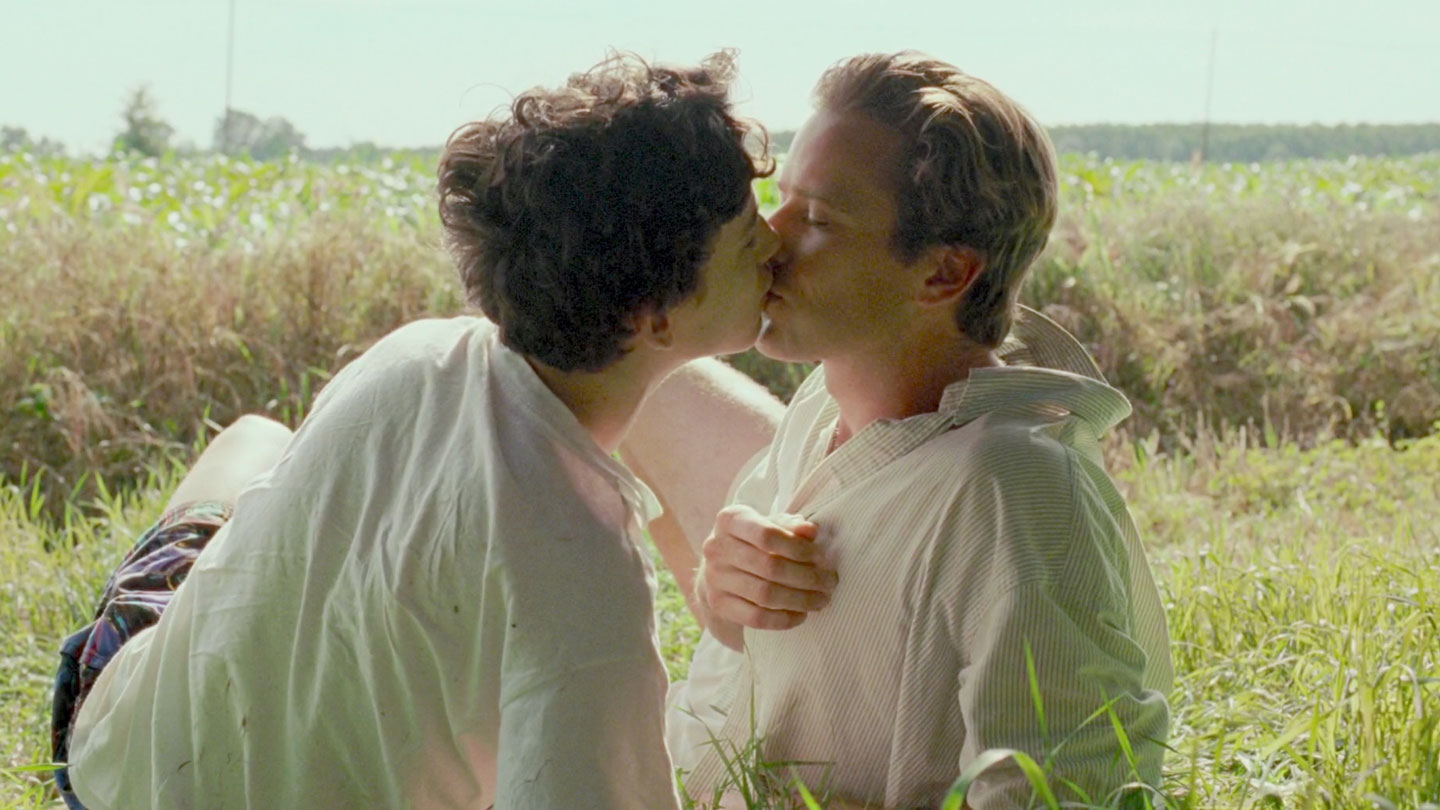
The challenge in acting
According to the dictionary acting is “the art or occupation of performing fictional roles in plays, films, or television”. Basically acting is pretending you’re someone else. The challenge in acting lies in taking on difficult and layered roles. Roles that tend to be far removed from the actor that is playing them. It’s these parts that, when performed convincingly, tend to generate the most critical acclaim. Often resulting in awards.
Roles where a character is mentally disabled, terminally ill, a real life person or a closeted homosexual tend to garner the most recognition from critics and audiences. This also leads to more publicity. Would Brokeback Mountain have received the buzz if the leads were not played by two relatively well-known heterosexual actors? We tend to admire heterosexual white actors intimate on screen together in a gay role. We think that accepting such a role is bold choice in a macho society predominantly run by white heterosexual males. And it pays off. Tom Hanks was a terminally ill gay man in Philadelphia and it made him the critically acclaimed actor he is today. This year Timothée Chalamet received an Academy Award best-actor nomination for his role in “Call me by your name” and in 2015 Eddie Redmayne received a nomination in the same category for his role as the first open transsexual.
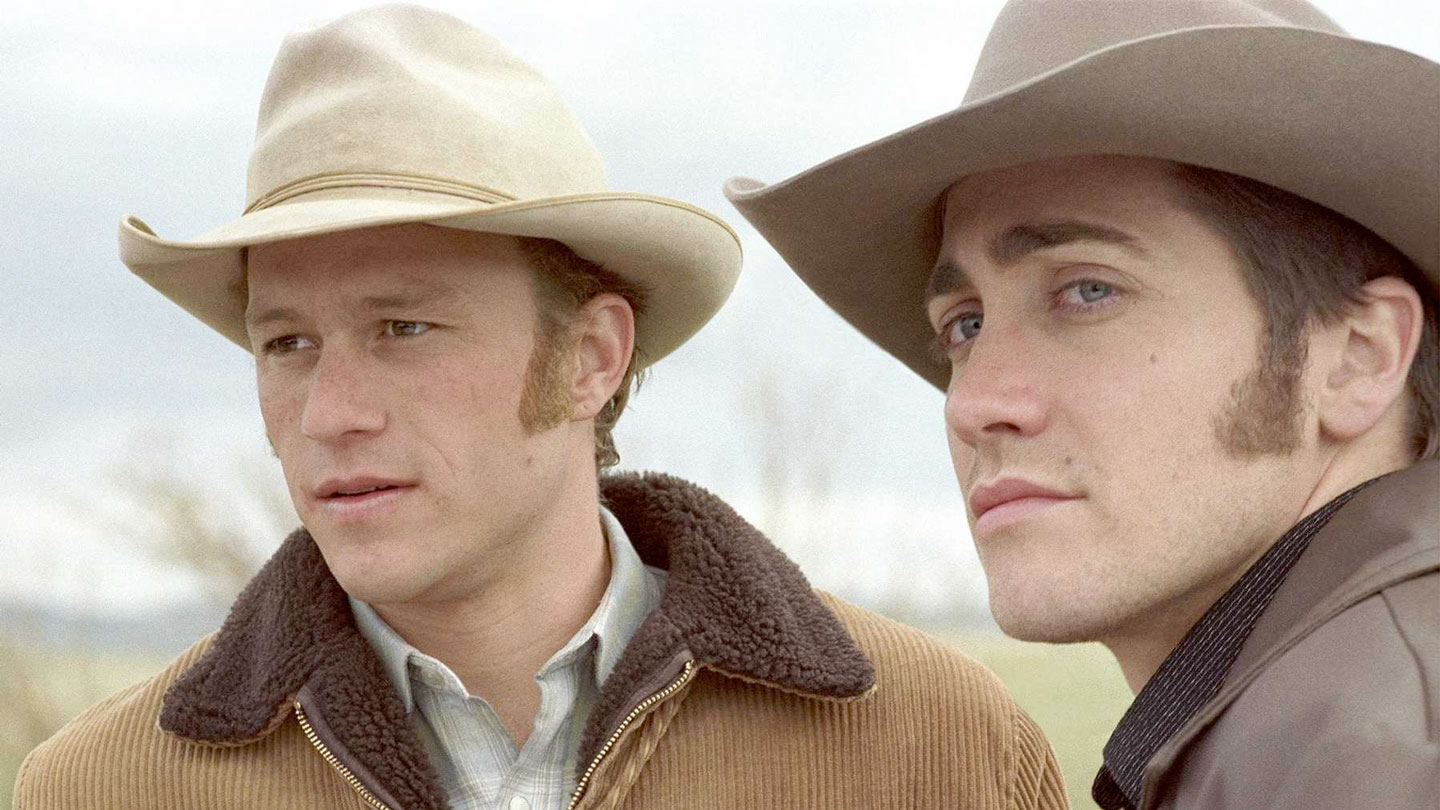
But while both these actors got critical acclaim, Scarlett Johansson drops out of a project because she’s being attacked for playing a transgender man. The LGBT community wants roles like these to be played by people who are actually gay, bi or in this case transgender. The role of Sophia Burset, played by Laverne Cox, in OITNB is a fine example of a transgender role, played by a transgender actor. But there are not that many transgender actors out there and casting Laverne Cox in every leading transgender role does not solve the problem.
 Another problem with transgender actors is their versatility. Take Laverne Cox for instance. As a former man, now transgender woman it already looks like she’s playing a part. Only in rare instances do men who have transitioned fully to female actually look convincingly female. That also goes for women who transition to men as well. So their transgender aspect will probably always keep them from being able to convince in non-transgender parts. Therefor it is understandable that the LGTB community makes a fuss about the few transgender roles there are going to non-transgender actors, but performing as something you are not in real life is what acting is at its core. It’s not like Johansson is playing a transgender character in order to mock transgender people as was the case with blackface.
Another problem with transgender actors is their versatility. Take Laverne Cox for instance. As a former man, now transgender woman it already looks like she’s playing a part. Only in rare instances do men who have transitioned fully to female actually look convincingly female. That also goes for women who transition to men as well. So their transgender aspect will probably always keep them from being able to convince in non-transgender parts. Therefor it is understandable that the LGTB community makes a fuss about the few transgender roles there are going to non-transgender actors, but performing as something you are not in real life is what acting is at its core. It’s not like Johansson is playing a transgender character in order to mock transgender people as was the case with blackface.
But the whole approach to acting as a different skin color or sexuality has become black and white.

Black and White
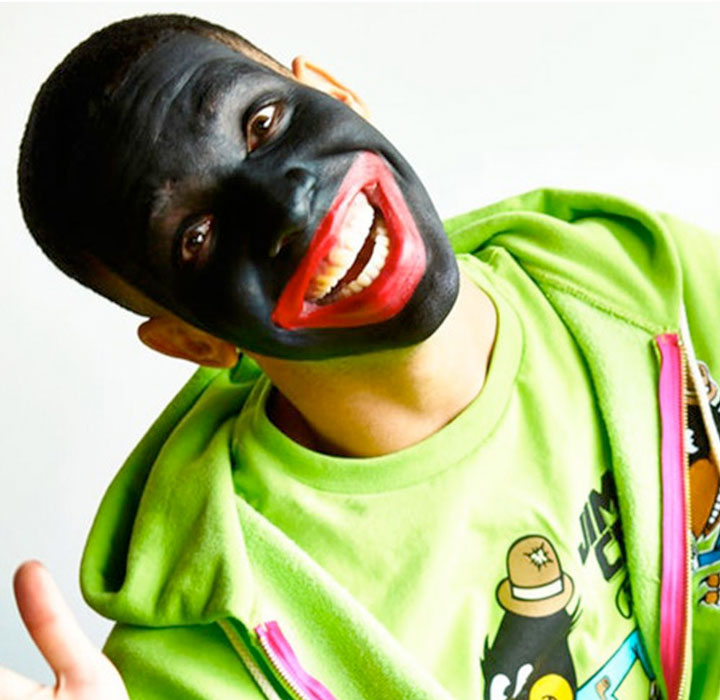 We have now gotten to a point where blackface is deemed offensive despite the context. The aforementioned blackface part of Robert Downey Jr. in Tropic Thunder has been criticized for using blackface despite it never being a jab at black people. Context doesn’t seem to matter any more. Blackface was once a creation of racists and therefor now always offensive. Even when black people do it. Just earlier this year a couple of previously unseen photos of the black musician/actor Drake in classic blackface showed up. It created instant outrage. Or the story about a black child stunt double whose skin was made darker in order to resemble the actor he is doubling for more. Nobody involved had a problem with it and it seems like a logical thing to do. But no, people on the internet were offended when they saw a black guy getting make up in order to make his skin darker. Stunt people go to great lengths to resemble the actor they’re standing in for. Clothing, wigs, fat suits and apparently make-up. Now that make-up is out of the question, I’m sure the next target will be the use of fat-suits by an obesity advocacy organization.
We have now gotten to a point where blackface is deemed offensive despite the context. The aforementioned blackface part of Robert Downey Jr. in Tropic Thunder has been criticized for using blackface despite it never being a jab at black people. Context doesn’t seem to matter any more. Blackface was once a creation of racists and therefor now always offensive. Even when black people do it. Just earlier this year a couple of previously unseen photos of the black musician/actor Drake in classic blackface showed up. It created instant outrage. Or the story about a black child stunt double whose skin was made darker in order to resemble the actor he is doubling for more. Nobody involved had a problem with it and it seems like a logical thing to do. But no, people on the internet were offended when they saw a black guy getting make up in order to make his skin darker. Stunt people go to great lengths to resemble the actor they’re standing in for. Clothing, wigs, fat suits and apparently make-up. Now that make-up is out of the question, I’m sure the next target will be the use of fat-suits by an obesity advocacy organization.
There is always somebody offended
The internet can be a toxic place. It only takes a handful of people to flood an actor’s Twitter or Instagram feed with negative comments when they feel offended by something. And this is what’s happening now on a daily basis. Disgruntled Star Wars fans are flooding the social media of Kelly Marie Tran with racist comments just because they hate her role in the last movie. Both sides of the political spectrum tend to use social media to amplify their voices. White nationalists are able to stir up controversy surrounding James Gunn and getting him fired by Disney over some tweets he made ten years ago. The same way social justice warriors are shoving their black-and-white views down other people’s throats. Since it gets them publicity and people dropping out of projects it’s safe to say that this practice won’t stop anytime soon.
An openly lesbian and gender fluid woman like Ruby Rose is being accused of not being LGTB enough to play a Jewish lesbian character in a TV show. According to her critics the role needs to be performed by an actress who is a Jewish lesbian in real life.
If this trend will keep on going we will eventually only get movies and TV shows like “The 15:17 to Paris”. A movie about the real-life event of how a couple of train passengers thwarted a terrorist attack. The leads are played by the actual people who thwarted the attack. It received bad reviews and the leads apparently couldn’t act, but this is the future people. If we keep on giving in to the politically correctness of a small group of people with loud voices on the internet.

Conclusion
Movie studios must always listen to the demands of the audience, but they must also learn to filter out the amplified voices of minor groups. When it comes to big budget productions, they’re very susceptible to controversy. That’s why Disney fired James Gunn over a couple of 10 year old not so funny pedophilia jokes on Twitter. Studio’s want their brand untainted and their movies to bring in a large audience. The fear of audiences staying away because of controversies surrounding an actor or director now result in studios cutting ties immediately at the first signs of a controversy.
Actors should be able to perform almost each character they want to portray. If Scarlett Johansson wants to play a transgender man, she should be able to do so. Eddie Redmayne delivered an incredible performance as a transgender woman in The Danish Girl. It should not matter that he’s not a woman trapped inside of a man’s body in real life. It is their jobs to become something on stage or screen they are not in real life.
We should never lose sight of context. Some people tend to view things in absolute these days. Blackface has been used as a way to portray an entire ethnic group in a negative way, therefor the use of blackface is per definition always bad. Following that reasoning both Volkswagen Beetles and Fanta could be considered bad because they’re products of Nazi Germany. Context matters. The message behind a performance matters. It matters more than the opinion of a few people with an extreme view on the world. If we keep on listening to the loudest voice in the room, we’ll eventually end up deaf to actual problems.
